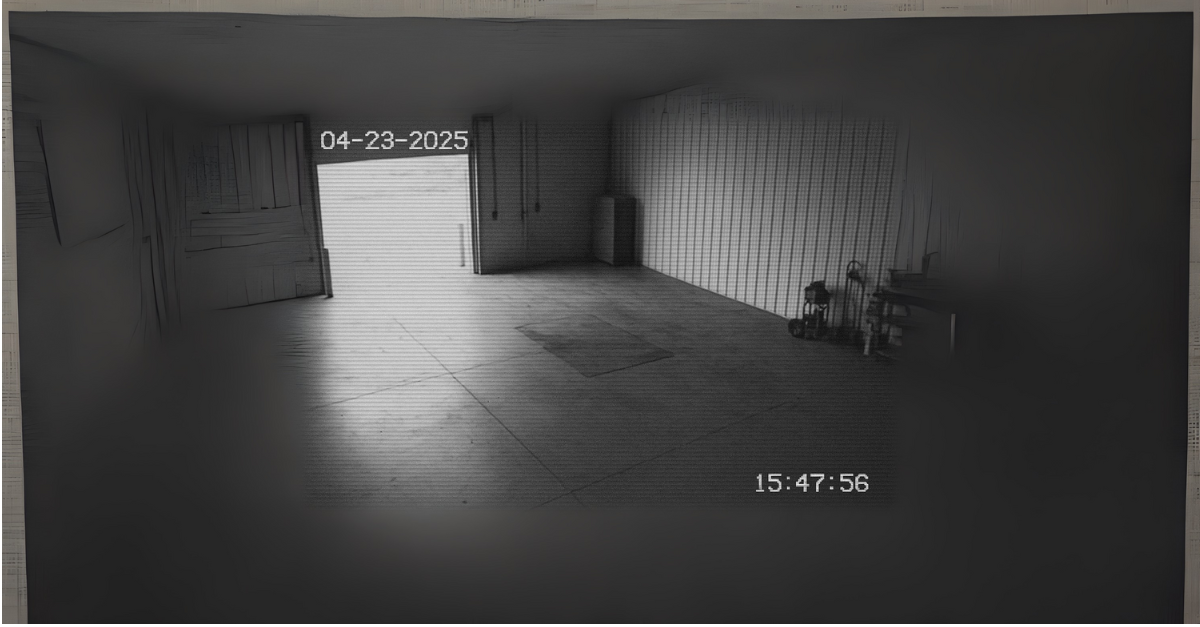Imagine this: a generator vanishes from a job site, a shipping container is misplaced in transit, or a crucial tool disappears when a technician needs it most. These situations might seem like occasional headaches, but the hidden cost is far greater than the replacement price tag. Businesses that fail to track their physical assets are quietly losing money every single day.
The reality is that not tracking assets leads to wasted time, higher replacement costs, project delays, increased risks, and reputational damage. The question is not whether businesses can afford to implement asset tracking. The real question is how much it costs them not to.
Time Is Money, and It’s Slipping Away
One of the biggest hidden expenses is time. Studies show that workers spend hours each week searching for missing equipment, tools, or containers. Multiply that across an entire workforce and the results are staggering.
For example, if ten employees spend just 30 minutes a day looking for misplaced assets, that equals 25 hours lost every week. At an average labor cost of $30 per hour, the company is losing $750 weekly. Over a year, that is nearly $40,000 paid out for zero productivity.
These wasted hours could have been spent moving projects forward or serving customers. Instead, businesses are unknowingly paying for inefficiency.
Replacement Costs: The Expensive Cycle
When an asset is lost or stolen, most companies focus on the replacement cost. But that is only the tip of the iceberg.
Replacing an asset often involves more than purchasing a new one. Businesses might pay rush shipping fees, higher supplier prices, or even premium rental costs to cover gaps until the replacement arrives. For instance, replacing a $5,000 piece of equipment could easily trigger $20,000 in indirect costs, including missed deadlines and project delays.
And while one replacement might seem manageable, repeated losses create a damaging cycle. Over time, these costs pile up and eat away at profits.

Downtime and Delays: The Silent Profit Killer
Lost assets do more than cost money. They stall progress. A missing generator can halt a construction site. A delayed shipment can disrupt entire supply chains. Even a single missing container can ripple through multiple regions, halting production and frustrating customers.
Downtime is rarely accounted for in financial reports, but it is one of the most expensive consequences of not tracking assets. When operations stop, revenue stops with them. Some companies face contract penalties or lose future business because of delays they could have prevented.
Risk and Liability: More Than Just Money
Every untracked asset increases risk. Stolen assets might never be recovered. Misused equipment can cause damage or accidents. Sensitive or regulated items without proper tracking could result in compliance failures.
Insurance does not always cover negligence. And even when it does, premiums may rise after repeated claims. Industries such as healthcare, defense, and construction cannot afford these risks. The liability extends beyond money to safety, compliance, and trust.

The Domino Effect on Customers and Reputation
Customers rarely care about the reasons behind a delay. They only see that promises were not kept. Missed deadlines damage trust, and reputational harm lingers long after the immediate issue is resolved.
A company that consistently loses track of assets sends the wrong message: disorganization, unreliability, and poor management. Rebuilding customer confidence is far more expensive than preventing the problem in the first place.
Crunching the Numbers: Tracking vs. Not Tracking
Let’s put the financial equation into perspective:
- Cost of not tracking assets = wasted time + replacement costs + downtime + liability + customer churn.
- Cost of tracking assets = a fraction of the above.
When compared side by side, the numbers tell a clear story. Investing in asset tracking solutions pays for itself by cutting unnecessary losses and improving operational efficiency.
Here is the thought that sticks: You might think you cannot afford asset tracking. In reality, you cannot afford not to.
Future-Proofing: Why the Problem Only Gets Bigger
The cost of not tracking assets is not staying flat. Equipment is becoming more expensive, supply chains are more fragile, and theft rates are rising. Every year, the financial risk of operating without asset tracking grows.
Businesses that fail to address this issue today will find themselves struggling to keep up tomorrow. Asset tracking is no longer a nice-to-have feature. It is a fundamental requirement for companies that want to remain competitive in an unpredictable market.
Stop Paying the Hidden Bill
The cost of not tracking physical assets is rarely listed on a financial statement, but it shows up in wasted payroll, unnecessary replacements, stalled projects, higher risks, and disappointed customers. It is a silent drain on profits that compounds over time.
By investing in asset tracking, businesses gain more than visibility. They gain control, efficiency, and the confidence to deliver on promises. The real cost is not in the tracking system itself, but in what companies continue to lose without one.
Now is the time to ask: how much is not tracking your assets really costing you?

